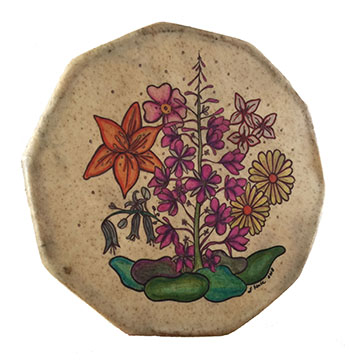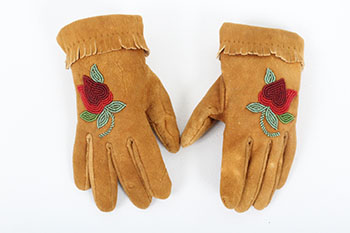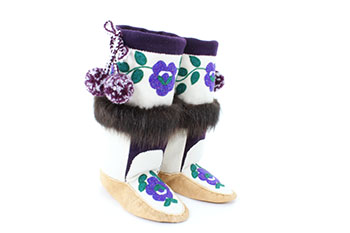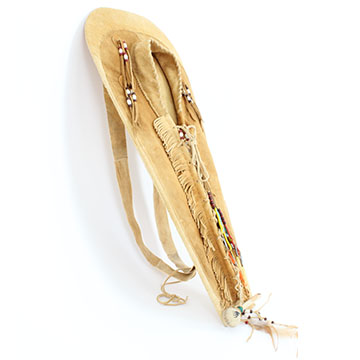
Traditional hide tanning is not learned over a small amount of time. It takes years of practical experience and skilled labour with the Elder to understand the elements of Mother Nature that surrounds traditional hide tanning. The Elder gives knowledge of how to respect the animal and the hide of the animal for uses of everyday living.
Most important traditional hide tanning offers a spiritual journey into understanding how to sew and wear the animal hide garments properly - (Hair side in) so your body can breathe and flesh side out because the smoke makes it’s resistant to moisture and weather proofing plus the beautiful natural designs of the veins show.
Traditional Hide tanning with an Elder gives a living experience and allows a sharing and bond to develop between teacher and student, here the student not only learns by watching and listening but by doing - first hand work.
MOAPAA features two hide tanning exhibits, both honouring the 13 steps in the Cree hide tanning process. The first exhibit located on the main floor of the college shows the significant of hide tanning as a way of life for Indigenous Peoples.




